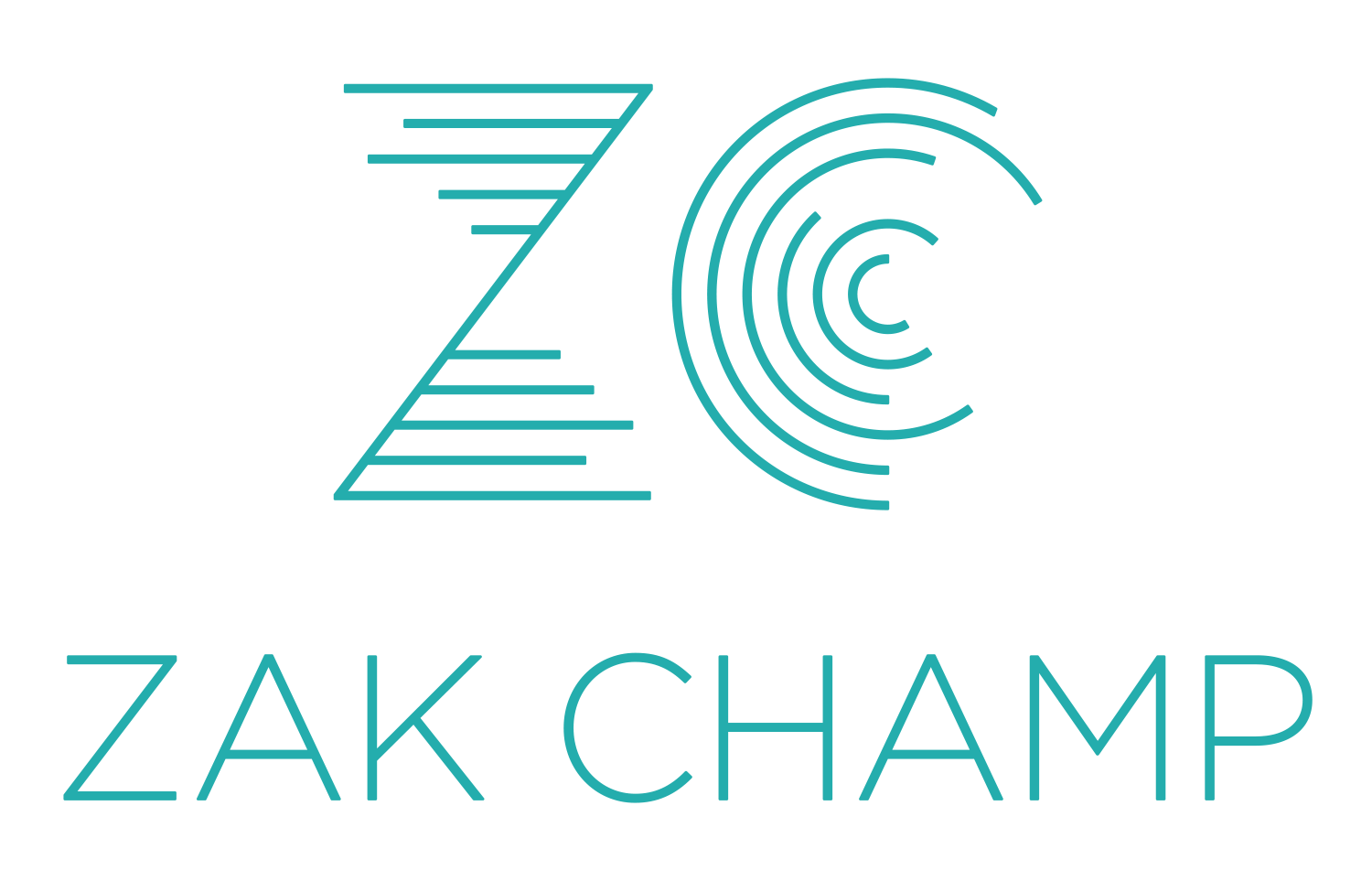A review of Mathematizing Children’s Literature
“Stories offer a playful context for children to think as mathematicians.”
—Allison Hintz and Antony T. Smith
Look, I love children’s literature. I literally can’t walk by a local bookstore without visiting the children’s section and at the bare minimum looking through their selection. More often than not, I come home with a handful of new offerings. My 4-year-old daughter’s room is FULL of books. And, my classroom is no different!
And like so many of you, I continually strive to ensure that those books are representative of the incredibly diverse world we live in. For me, that includes ensuring that I have books that not only reflect the ethnic and racial diversity of our community but also the gender, gender identity, sex, and sexual orientation diversity that we are lucky to have in our community. But, that’s a post for a different day.
This post is about the brilliant new professional offering, Mathematizing Children’s Literature, from Allison Hintz and Antony Smith. This book reminded me of the way I felt after I first read Cognitively Guided Instruction (CGI). I began to see student thinking and student work in new and exciting ways. Now that I’ve read Mathematizing Children’s Literature, I can’t look at or plan a read-aloud of children’s literature without thinking about “mathematizing” it. It’s something that I can’t unsee—even if I wanted to.
Allison and Antony write about how many “mathy” children’s books do an incredible job building a sense of number, quantity, and counting. However, they often are less engaging from a story perspective and often don’t do much to support young readers. This idea led them to a multiyear exploration of what this book is truly about: how to support us as educators so that we can take any piece of children’s literature and mathematize it in our classroom.
At its core, this book focuses on the belief that listening to a child’s thinking is some of the most important work we do as educators. Allison and Antony write that “few things are more interesting and enlightening than listening to a child’s thinking!” (pg. 8) And, I could not agree more. It’s why I love the work that I get to do. Listening to students is at the core of who I am as an educator. Full disclosure—I have had many conversations over the years with Allison about listening. She always pushes my thinking and helps me to see why truly listening is so important. To see her work come together in this book in a way that is so practical and accessible is beyond exciting.
This inspirational book provides a clear roadmap for how to mathematize children’s literature to promote creativity, wonder, and joy in mathematics. It gives readers clear and concrete examples of children’s books that will lend themselves to mathematizing as they are read aloud. But, perhaps, more importantly, this book teaches readers how to look for and think about how any book might be viewed through a mathematical lens—both by teachers and students.
So, after reading Mathematizing Children’s Literature, I was eager to try this out! At the same time, a colleague gave me a copy of Be Strong, by Pat Zietlow Miller.
Be Strong is about how we can show “strength” in different ways. It explores examples of how to be “strong” by showing up, speaking up, and not giving up. It also communicates that we are the strongest when we work together. I was excited about this story and to read it to my class! When we got to this page in the story, we paused for a notice/wonder discussion.
Illustration by Jen Hill from the book Be Strong by Pat Zietlow Miller
Here is a sampling of what my students noticed and wondered.
Is that person on the bike getting hit by the car?
Lots of people
There’s a square in the middle
Where is everyone going?
There are people in the park and on the street
Why does she want a crossing guard and not a stoplight?
Some kids have backpacks on
Where is everyone going?
Shouldn’t everyone be going in the same direction? And not against each other?
Allison and Antony’s book has helped me understand that while we might now see math in all of these responses, the practice of noticing and wondering helps us empower our students to think and act in a wide range of mathematically powerful ways. This “practice” helps us all be better learners and ultimately better mathematical thinkers.
My next step with this story is going to be to read this book aloud again and plan for looking at it through a “math lens.” I’ll choose a few of the more “mathy” wonderings above and find ways for us to play with and think about those ponderings.
I hope you’ll find your way to Allison and Antony’s book very soon! Mathematizing Children’s Literature will undoubtedly become a must-have for all primary educators. I highly encourage you to pick it up here!




